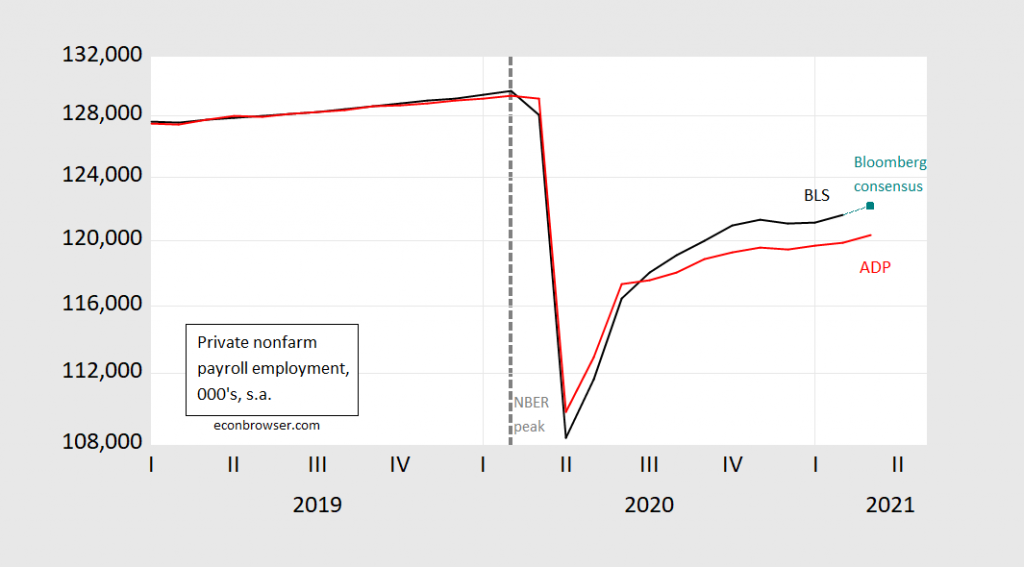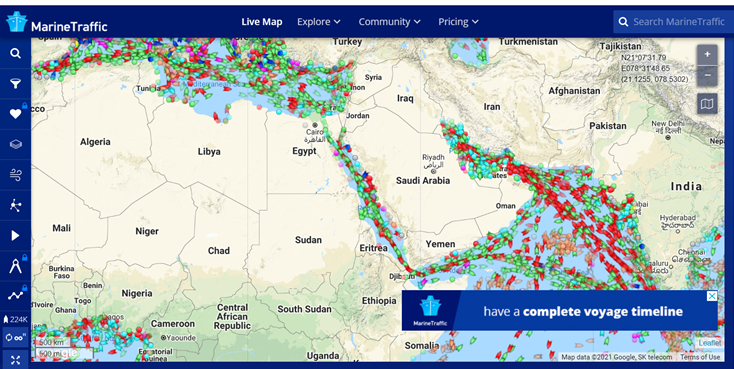Reader EConned writes about Judy Shelton:
One can disagree with Shelton’s policy stances, public statements, writings, etc… but there’s no doubt she’s an eminent economist. Debating the substance of her views is great but I certainly don’t see the need to just “hate on her” I. The fashion of this comment (and, honestly, the OP). There are Americans including policy makers of past, present, and future who respect her opinions… for better or for worse.
Now, I know “eminence” is in the eye of the beholder. As an academic economist, I would be tempted to go to “Google Scholar” or the successor to the Social Sciences Citation Index to make my own judgment.
Personally, I don’t know Dr. Shelton, have never met Dr. Shelton, nor corresponded with Dr. Shelton. However, I find her views on government statistics strange, her views on currency manipulation confusing, and her malleability with respect to the conduct of monetary policy troubling.

